The Church of Aghbatkhert
Location
The historic Aghbatkhert settlement and church are located in the upper valley of the Aghavno River, about 3 km south of Hak village in the Kashatagh region of the Artsakh Republic (Fig. 1), at an altitude of 1550 meters above sea level. After 44-day war, it is under the control of Azerbaijan.
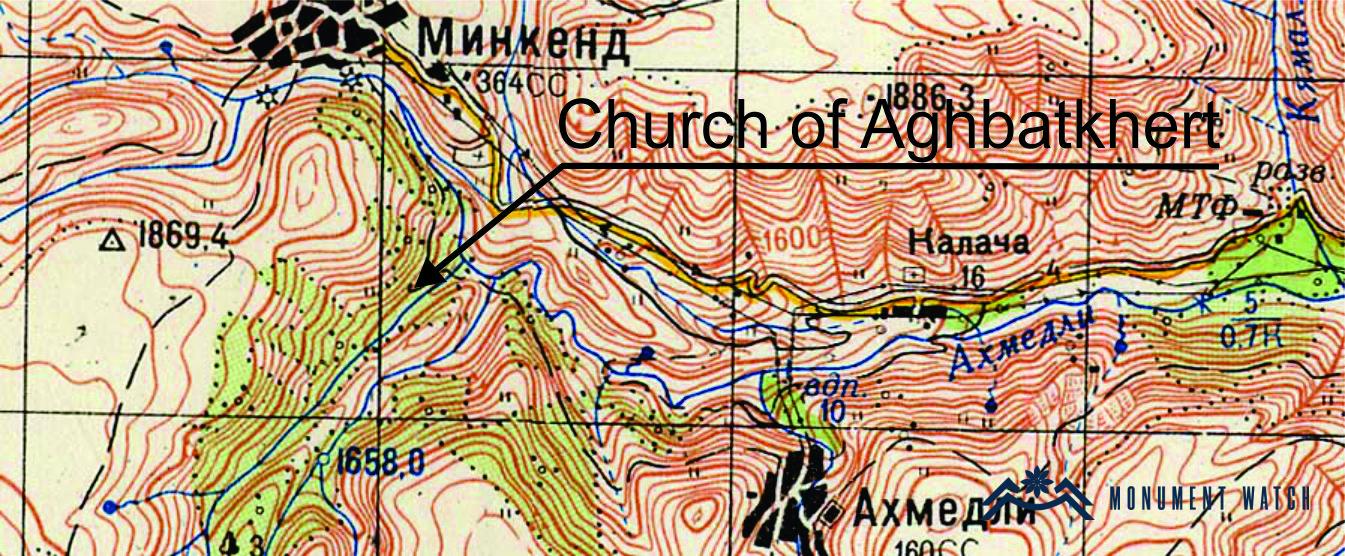
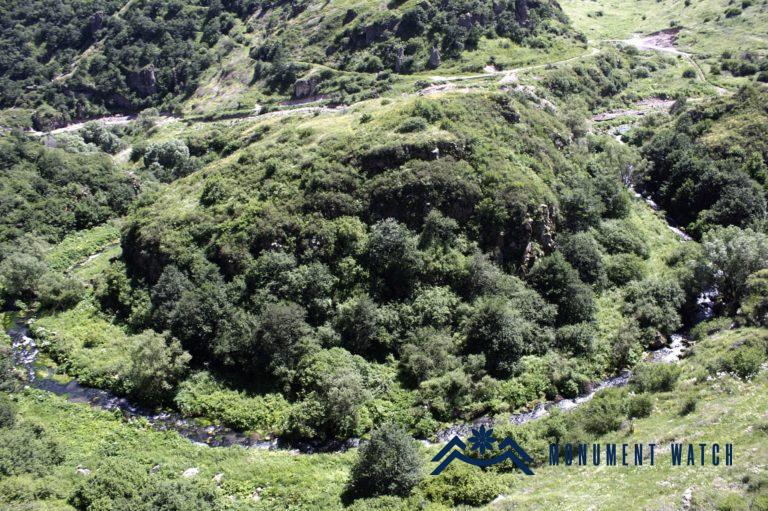
Fig. 1 The general panorama, photo by Z․ Rkoyan.
Historical overview
We can meet the first mention of the name of the monument in Stepanos Orbelyan’s “History of the Province of Syunik”, where it is mentioned as Aghakhird or Aghakherd in the list of tax-paying villages of Tatev. However, according to Aleksan Hakobyan, there is a mistake, due to which Aghbatrekht – the last village of Aghahetchk canton, was mentioned as the first village of Haband canton followed by Aghahetchk (Hakobyan 1982, 276). No other historical data is available about the monument.
Architectural-compositional examination
The church of Aghbatkhert does not have the volumetric solutions typical of a spiritual structure. It consists of two adjacent rooms built of local raw stone and lime mortar, whose entrances are opened from the southern side. The structure with 150 cm thick walls is surrounded by ramparts (Fig. 2).
The fact that they are churches is evidenced by the nine-line inscription on the southern wall of the eastern room (Fig. 3), where the rooms are called Mother of God and St. Gregory: “By the will of God, I – priest Manvel, afterwards renewed the [rooms] of Our Lady of God and St. Gregory, in memory of my soul, my father – priest Kirakos, my mother Mina, my brothers – friar Tiratzu, Tateos. Remember [us] in Christ, and God will remember you. Servant Vardan – the priest of the church. Remember in [your] prayers: in the year of 1419. Remember Tatos in [your] prayers” (Hakobyan 2009, 230).
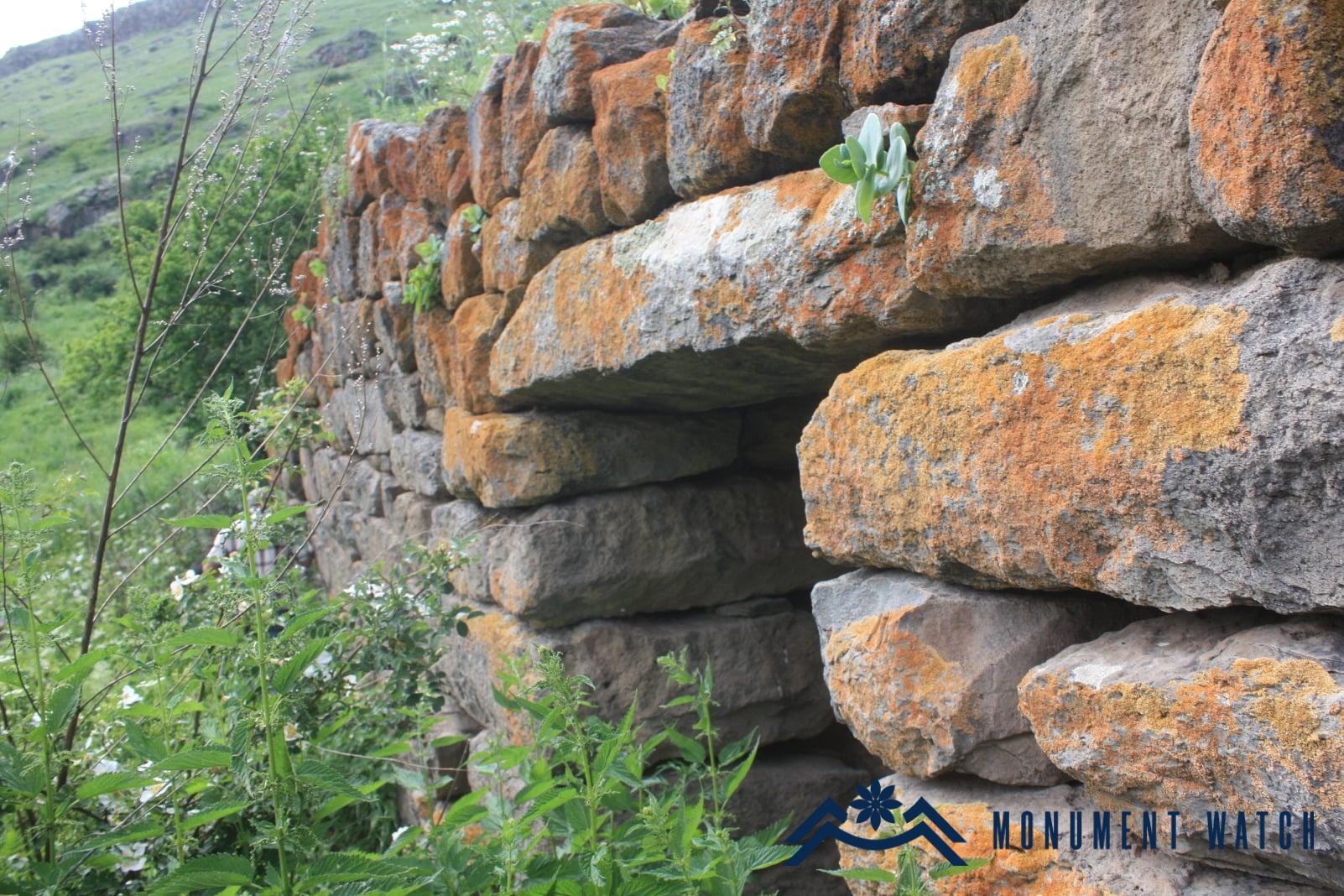
Fig. 2 The southern wall of the church, photo by Z․ Rkoyan.
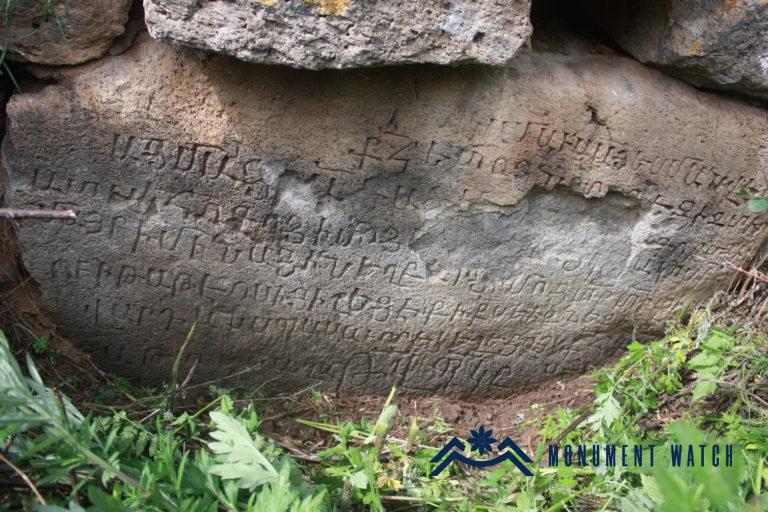
Fig. 3 The inscription concerning the church, photo by Z․ Rkoyan.
There is another inscription situated three stones above the mentioned one: “Master (paron) Ghaij – grandson of master Hasan”. Both inscriptions refer to the 15th century (Hakobyan 2009, 231). There are a number of other inscriptions engraved on gravestones and khachkars in the area (Figs. 4, 5). The inscribed khachkar dated 1413 is noteworthy, where the toponym Aghbatkhert is mentioned (Fig. 6). The khachkar dated the 15th-16th cc. is interesting whose upper right part was later shaped in the form of an arch (Fig. 7). All this testify to the active life of the settlement and its spiritual center in the 15th-16th centuries.
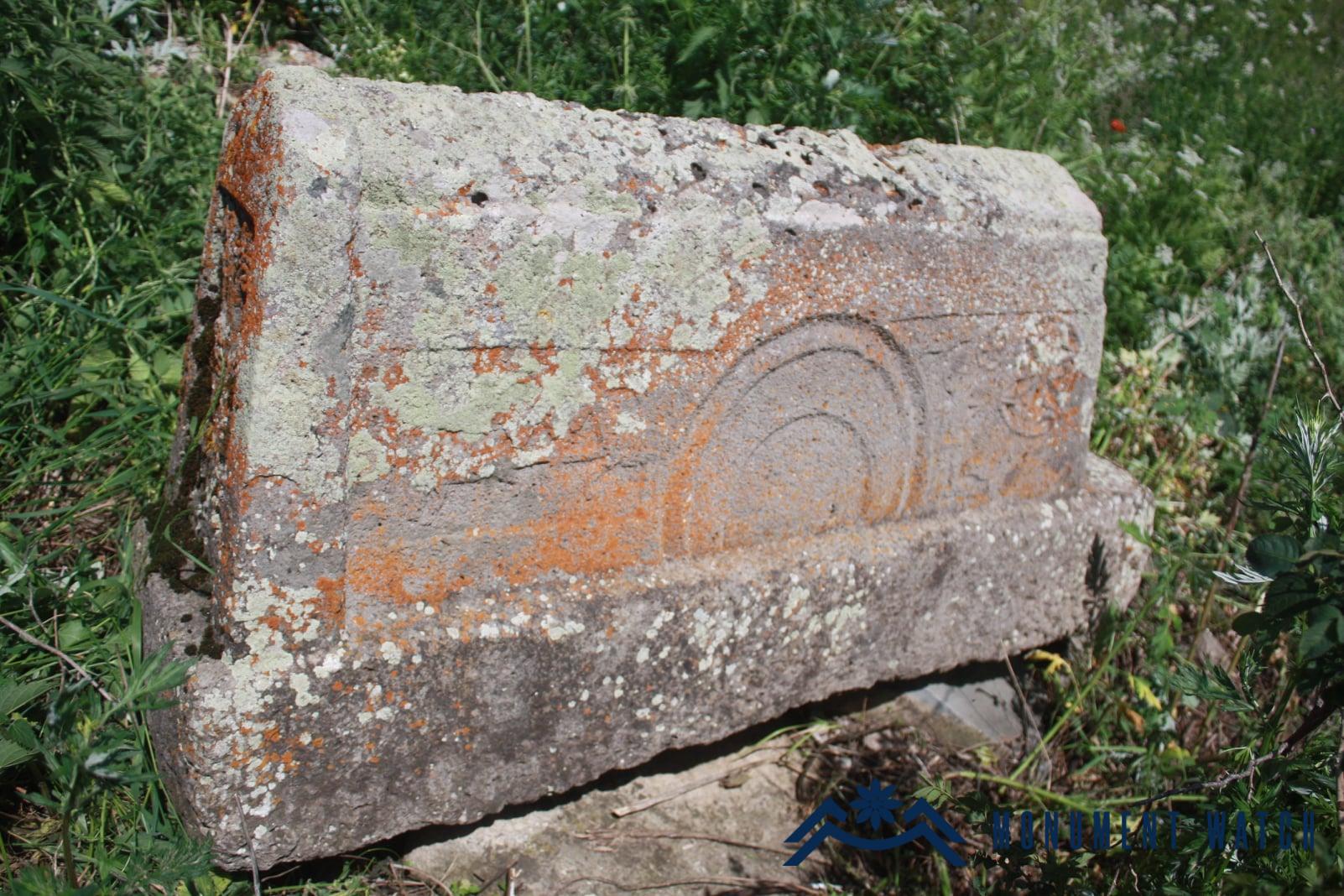
Fig. 4 Cradle-shaped gravestone, photo by Z․ Rkoyan.
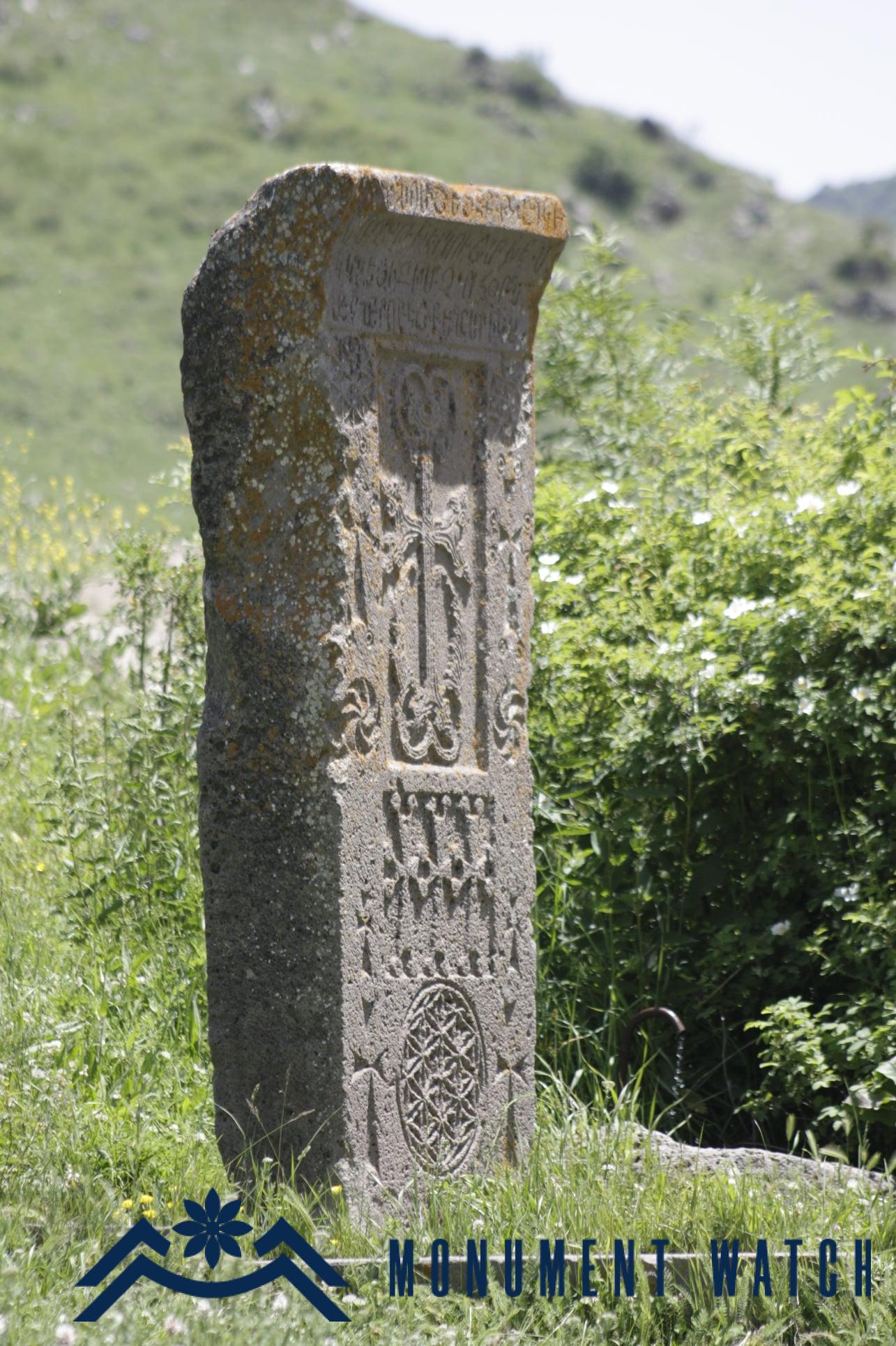
Fig. 6 Inscribed khachkar, photo by Z․ Rkoyan.
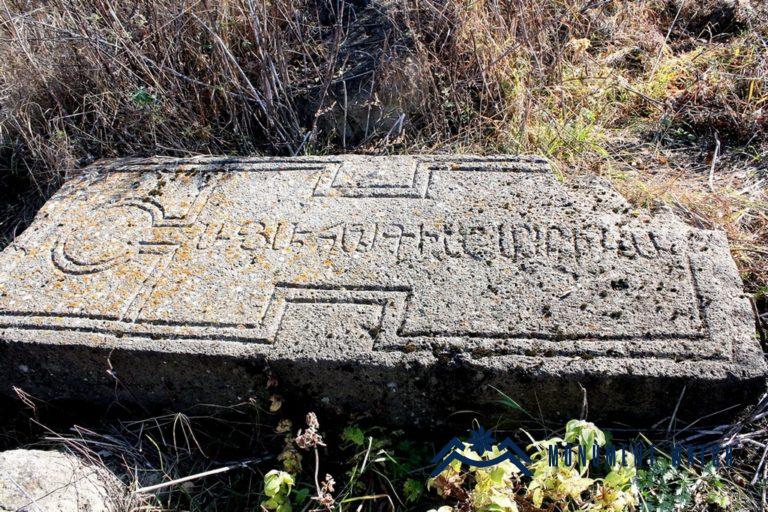
Fig. 5 Inscribed gravestone, photo by Z․ Rkoyan.
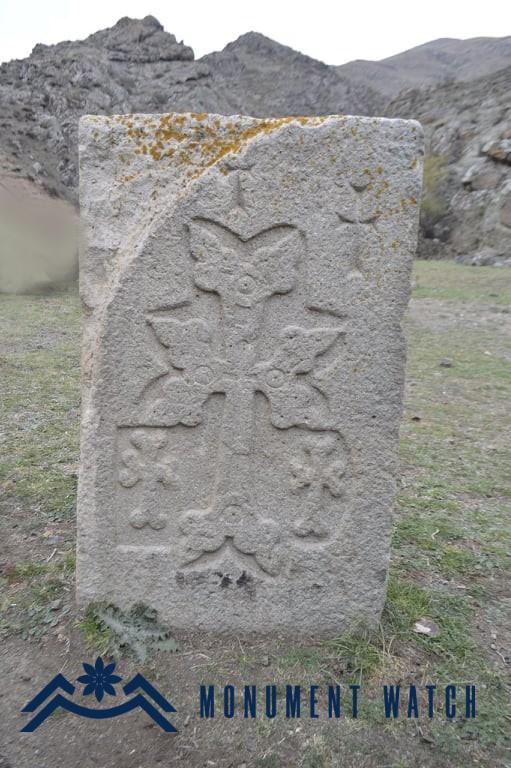
Fig. 7 Khachkar, photo by H. Abrahamyan.
The condition before, during and after the war
Before and during the war, in 1989-1992, under the pretext of building a water line from Ishkhanasar to Berdzor (Lachin), the Azerbaijanis removed khachkars, gravestones and masonry blocks and turned them into a pile (Hakobyan 1982, 271). Later, the condition has not undergone any changes.
Bibliographic examination
Researcher S. Karapetyan in his book “Armenian cultural monuments in the region of Karabakh”, particularly at the end of the presentation of Hak village referred to the monument, identifying it with the settlement of Aghvesahaq mentioned in the “Chronology”, and considered the name “Aghvatkher” its Kurdish version (Karapetyan 2001, 129) .
Aleksan Hakobyan referred to the monument in a relatively comprehensive way. The latter presented the monument, published the inscriptions found in the area in different years, referred to the issue related to the toponym, etc. (Hakobyan 1982, 270-280; Hakobyan 2009, 228-232).
Bibliography
1․ Hakobyan 1998 – Hakobyan A., The newly discovered epigraphs of the upper valley of the Hakari, “Handes amsorya”: 122th year, Vienna.
2․ Hakobyan 2009 – Hakobyan A., The newly discovered epigraphs of the upper valley of the Hakari, II, The countries and peoples of the Near and Middle East, vol. 27, Yerevan.
3․ Karapetyan, 2001 – S. Karapetyan, Armenian cultural monuments in the region of Karabakh, Yerevan.
The Church of Aghbatkhert
Artsakh